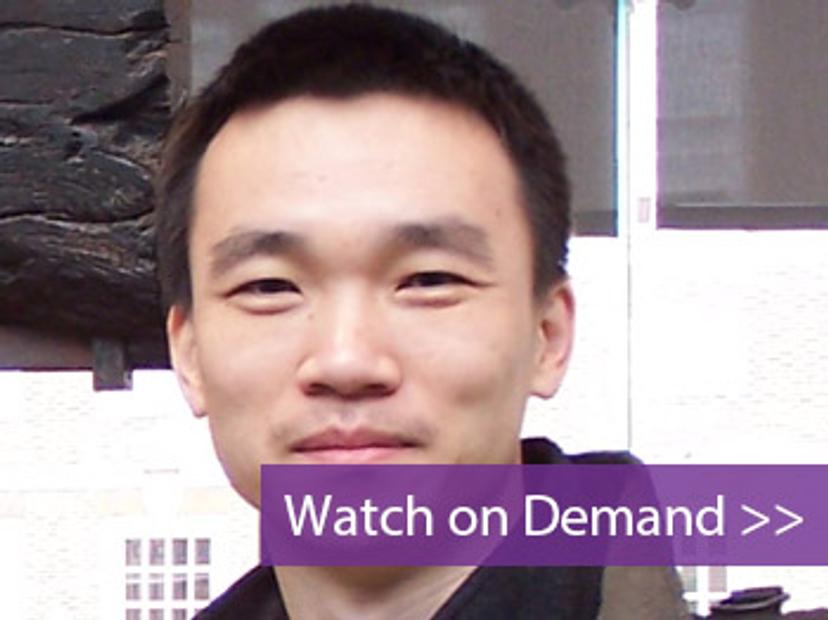Laser-induced breakdown spectroscopy quantification: From fundamental understanding to data processing
Watch this on-demand webinar to learn about the impact of matrix effect and signal uncertainty on quantification performance
1 Jan 2022

Laser-induced breakdown spectroscopy (LIBS) is regarded as a future superstar of chemical analysis, but the relatively high measurement uncertainty and error remain persistent challenges for its technological development and wide applications.
In this free SelectScience® webinar, now available on demand, Dr. Zhe Wang, Associate Professor, Tsinghua University, summarizes the generation mechanisms of measurement uncertainty and explains how signal uncertainty and matrix effects impact quantification performance. Plus, Wang discusses methods for raw signal improvement, examines different mathematical quantification methods, and provides a framework of quantification improvement, including key steps and the way forward for future LIBS development.
Watch on demand
Register now to watch the webinar on demand, and read on for highlights from the Q&A discussion:
How do you overcome the challenges of matrix effect?
ZW: Matrix effect can alter the ionization efficiency of target analytes in the presence of colludes and compounds in the same matrix. To overcome the matrix effect is equivalent to reducing the effect from the change of plasma temperature, as this is the most important part. I use the standardization method to reduce it. Besides the matrix effect, a challenge to overcome is changing the relationship, which we can tackle by using statistic models. Another challenge is changing rates of plasma, signal uncertainty. We use plasma modulation to make it less uncertain. By the combination of different methods, we are able to reduce the matrix effect and make the final measurement errors or uncertainties acceptable.
Can you already quantify heavy metals in sediments and biota?
ZW: We're trying to find a general method to improve quantification results, regardless of where it’s used. The method that we use for handheld steel detection and for cement and raw material only takes one or two days to finish the calculation. We are mainly working on coal analysis which takes a lot of time. Because I'm from the energy and power department at my university, my main purpose is trying to solve the coal analysis problem. So, I do some quantification for heavy metals but not sediments and biota. But I'm quite sure we can do it and improve the quantification performance.
To learn more about laser-induced breakdown spectroscopy quantification, watch the webinar on demand >>
SelectScience runs 10+ webinars a month across various scientific topics, discover more of our upcoming webinars>>
